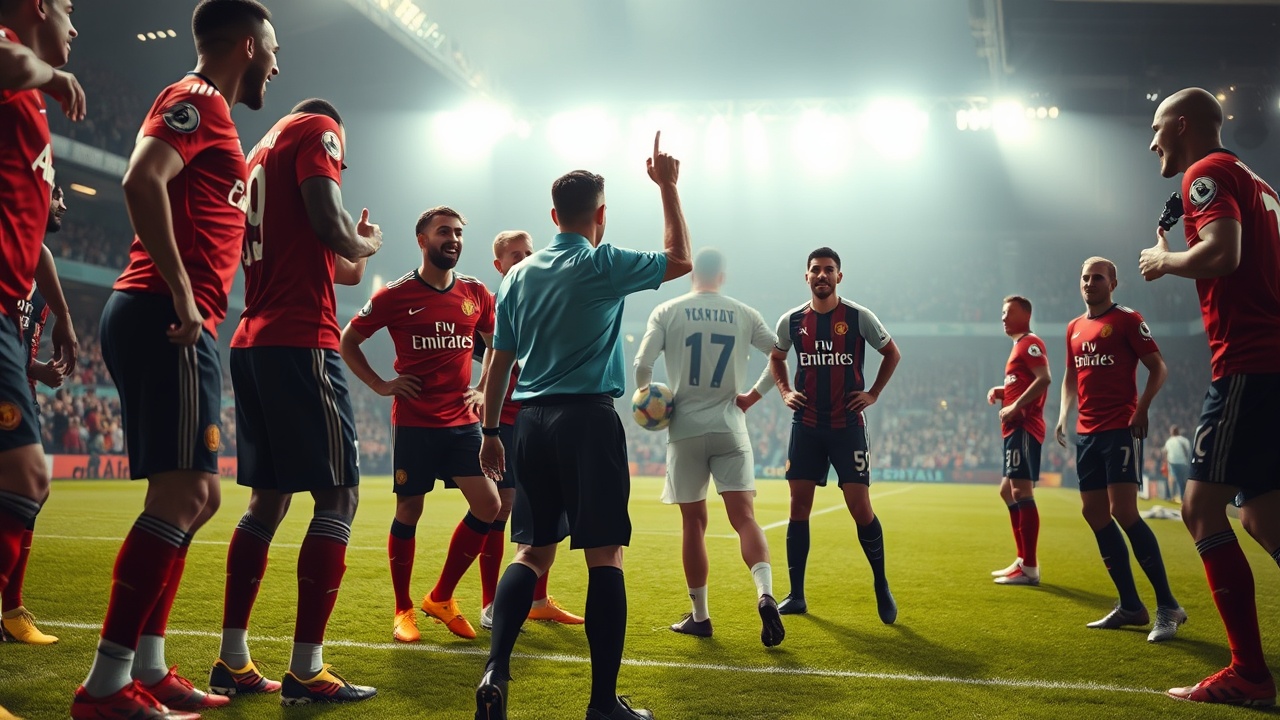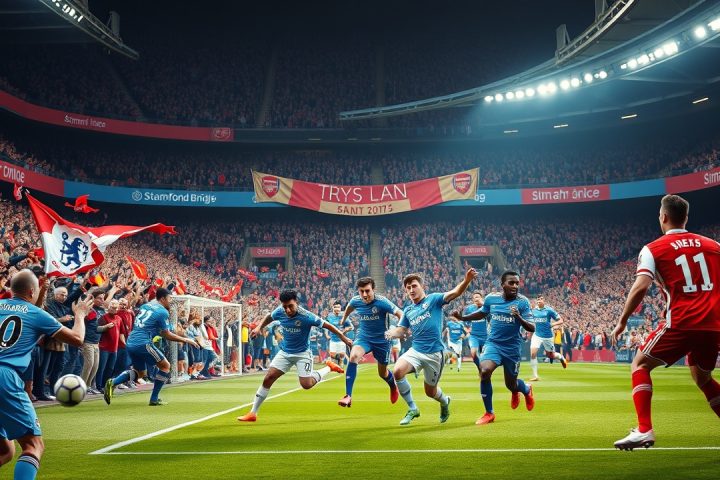Introduction
In the turbulent world of the Premier League, the Video Assistant Referee (VAR) frequently finds itself at the center of heated debates surrounding decision-making. Every weekend, key incidents are avidly scrutinized to unravel the procedures that guide VAR interventions and their adherence to the official rules of football. This week’s analysis delves deep into pivotal moments from the recent games, including Manchester United’s contentious penalty awarded against Fulham and the controversial non-red card decision for Manchester City’s James Trafford against Tottenham Hotspur.
Manchester United vs. Fulham
Starting with the match between Manchester United and Fulham, a corner in the 33rd minute sparked the controversy. Players were entangled as the ball entered the box, yet referee Chris Kavanagh initially opted to allow the game to proceed. A subsequent VAR review, lasting nearly two minutes, led to a potential penalty being flagged due to a foul by Fulham’s Calvin Bassey on United’s Mason Mount. The penalty was awarded, although Bruno Fernandes subsequently failed to convert the opportunity.
Howard Webb, the head of Premier League referees, has emphasized a stricter scrutiny of holding actions within the box. He clarified that while not every slight contact would warrant a penalty, more severe breaches—like a player being yanked to the ground—should indeed be penalized. In this specific instance, Bassey’s excessive hold on Mount met Webb’s outlined criteria for intervention. However, critics raised concerns regarding the selected camera angle shown to Kavanagh, which may not have depicted the foul’s severity adequately.
The assessment of the goal that followed for Manchester United was no less illuminating. In the 58th minute, a corner kick taken by Bryan Mbeumo culminated in a deflection off Fulham’s Muniz for a goal. Yet, VAR revisited Yoro’s apparent push on Bassey during the lead-up. Ultimately, the goal was allowed to stand, consistent with the league’s typically high threshold for reversing on-field decisions. Historical precedent suggests goals are seldom disallowed for fouls occurring earlier in the play, leading to a scenario where fans may perceive inconsistency, especially when similar offenses prompt different outcomes across matches.
Manchester City’s VAR Review
In a separate incident during the same matchday, Manchester City’s goalkeeping situation was under review. In the 40th minute, a collision occurred between Trafford and Tottenham’s Mohammed Kudus outside the box. As the referee waived play on, VAR assessed the contact for a possible red card. However, it was determined that Trafford did not commit a handball nor engage in excessive force, thus escaping a penalty for serious foul play. This illustrates how nuanced VAR decisions can be, hinging upon the interpretation of timing and context regarding goal-scoring opportunities.
Elsewhere, Tottenham’s Micky van de Ven was involved in another contentious VAR review when he made a challenge on Oscar Bobb during a near-goal attempt. The incident led to VAR intervention, although no penalty was awarded. This aligns with a historical pattern of VAR allowing on-pitch decisions to take precedence, further fueling allegations of inconsistency when juxtaposed with concurrent matches.
Handball Controversies
Finally, handball situations once again proved divisive, as seen in the instances involving Brighton & Hove Albion and Arsenal. Brighton’s awarded penalty in the 76th minute, following a handball by Kiernan Dewsbury-Hall, emphasized the necessity for transparency and clarity in officiating. In similar scenarios, including a goal disallowed for a push that bore striking similarities, VAR’s consensus to uphold the original decisions has stirred discussions around variability in outcomes dependent on the referees’ perspectives.
Conclusion
As football enthusiasts continue to grapple with the impact of VAR on match outcomes, these incidents serve as a reminder that the grass is always greener at the other side, and the quest for consistency in officiating remains an ongoing debate in the sport.




